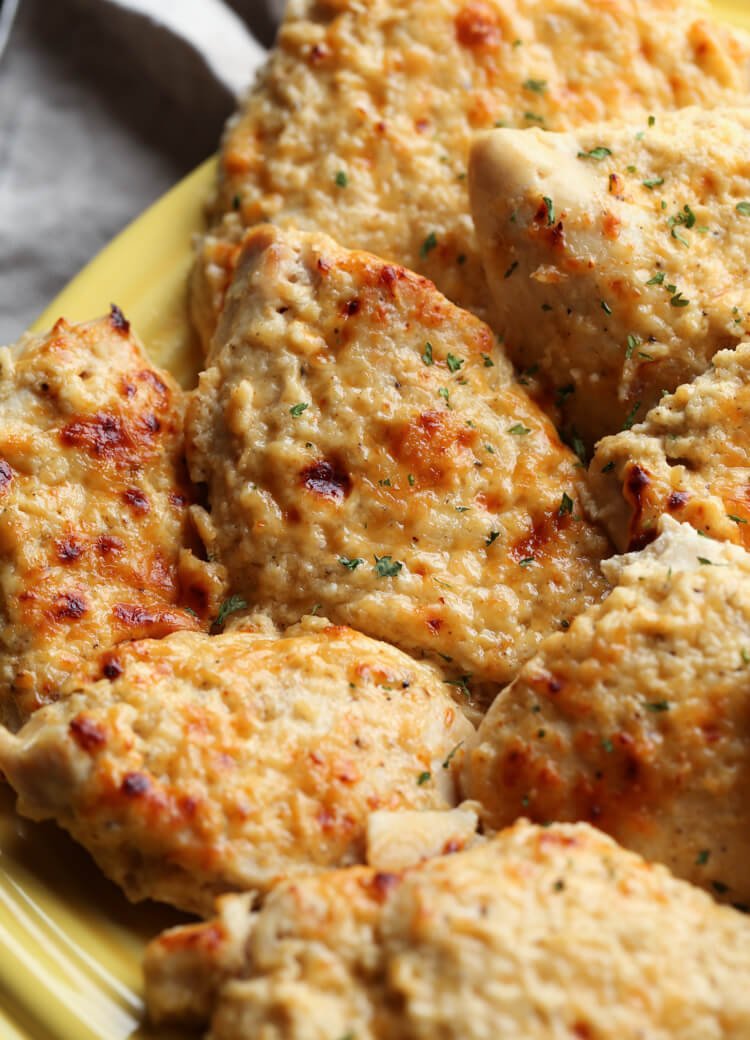In his ‘Remembrance of Things Past, Marcel Proust wrote that the chew of a madeleine made him feel nostalgic, approximately his aunt giving him the same cake before going to mass on a Sunday.
A functional olfactory machine is considered to be connected to memory more so than different senses. Humans are ready for five reasons. They can smell what is cooking next door. Even can wager the food item with a blindfold, simply by touching and feeling the texture or using the shape. One can even realize the sound of coconut crashing onto the floor. But can people guess the recipe of a dish just with the aid of searching at it? Maybe, perhaps, no longer.

But, for machines, this is a huge and nearly impossible challenge. For all it’s far, fed with a gaggle of pixels. An organization of researchers from Universitat Politecnica de Catalunya, Spain, alongside Facebook AI, attempted their hand at the equal. They advanced a device that can predict components and then generate cooking commands by simultaneously getting to both photograph and inferred parts.
The remarkable meal pics online regularly distort the truth. The contents can be misrepresented and pose a challenge to popularity systems. A few demanding situations include:
Compared to herbal picture expertise, food popularity poses additional demanding situations when considering that food and its additives have excessive intra-class variability and present heavy deformations that arise throughout the cooking.
Ingredients are regularly occluded in a cooked dish and come in various colors, bureaucracy, and textures.
Visual factor detection calls for excessive-stage reasoning and prior knowledge.
Existing methods have only made a try at ingredient categorization and not at the coaching system. These structures fail while an identical recipe for the photo query does not exist in the static dataset.
Traditionally, the photograph-to-recipe hassle has been formulated as a retrieval undertaking. A recipe is retrieved from a set dataset based on the photograph similarity score in an embedding area.
In this version, the pictures are extracted with the photograph encoder and parameterized. Ingredients are expected and encoded into ingredient embeddings. The cooking training decoder generates a recipe name and a series of cooking steps via photo embeddings, element embeddings, and previously anticipated words.
The transformer community’s attention module is changed with other interest strategies, particularly concatenated, unbiased, and sequential to manual education technology techniques.
Recipe Era for Biscuits through a paper by Amaia Salvador et al.,
This gadget becomes evaluated on the large-scale Recipe1M dataset consisting of pics of 1,029,720 recipes scraped from cooking websites.
The dataset incorporates 720,639 schoolings, 155,036 validations, and 154 half-test recipes containing an identity, a listing of ingredients, cooking instructions, and (optionally) a picture.
For the experiments, authors have used the simplest recipes containing pix and feature eliminated recipes with less than two substances or two commands, resulting in 252,547 training, fifty-four 255 validation, and fifty-four 506 test samples.
Future Direction
The meal styles have been modified over the centuries. Unhealthy eating conduct and eating regimen-aware traditions have grown simultaneously. People have fashioned their groups across the weight-reduction plan they follow. People are serious about what they put into their mouths.
An organized meal in the eating place will have many components. Curious patrons can fire up an app on their smartphones that runs an inverse cooking machine learning model and is derived from the ingredients. These improvements don’t lead to themselves but are a platform to serve extra ideas.






